Lilac Sugar
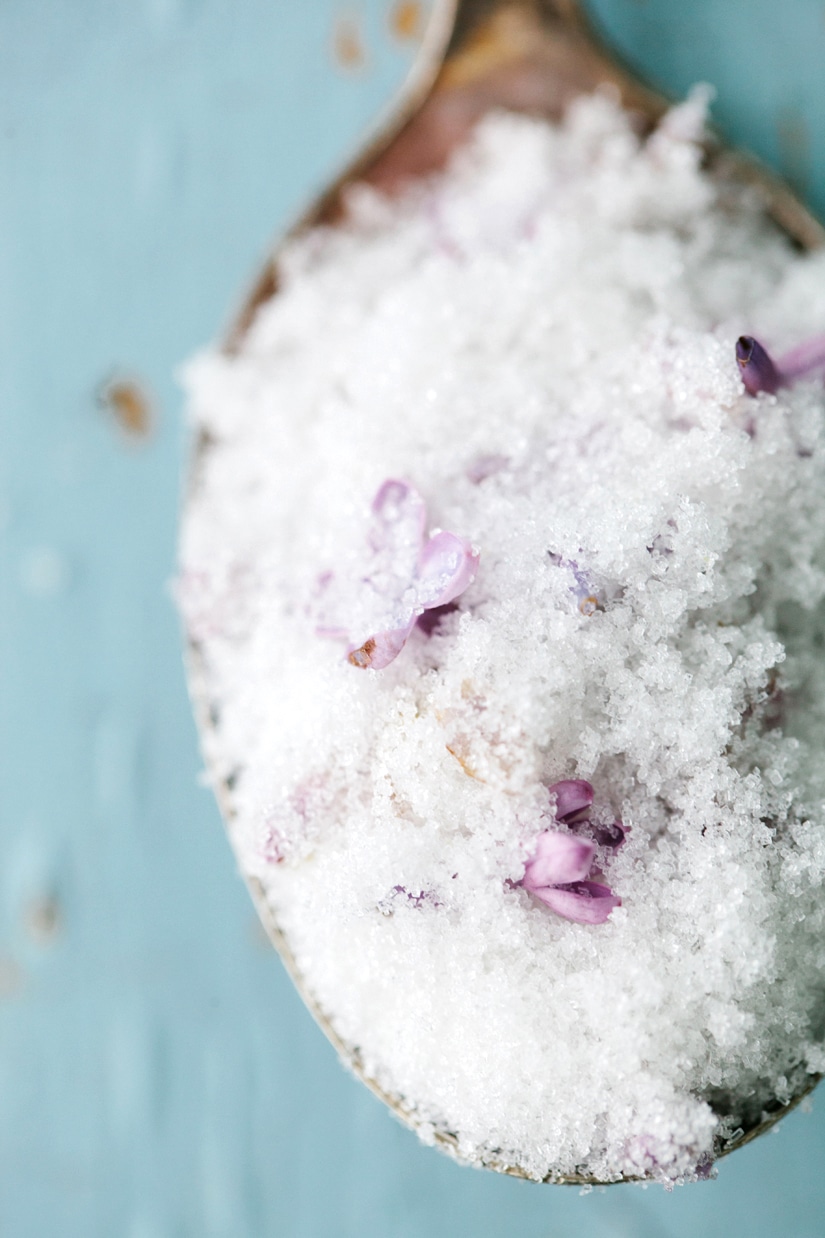
Lilac sugar is a breeze to make and oh-so-pretty! You only need lilac blossoms, white sugar, and a little time. After about a week, pick out the blossoms and use them anywhere you would use white sugar in recipes.
One of my favorite ways to use lilac sugar is in these lemon poppy seed shortbread cookies—you can omit the lemon, poppy seeds, or both if you want. It’s also a terrific addition to these blueberry cake donuts. Maybe because of all the purple?
The same principle of making floral-scented sugar applies to fragrant, edible flowers. Wild rose sugar is also gorgeous but tends to be stronger in flavor than lilac.
Jump to:
Ingredients For Lilac Sugar

- Granulated Sugar: Also known as table sugar, granulated sugar is the most common type of sugar used in cooking and baking. Its neutral flavor makes it an excellent base for infusing with other flavors, like lilac blossoms.
- Lilac Blossoms: These delicate spring flowers are prized for their sweet, floral aroma, often described as having hints of rose with undertones of vanilla. When used in recipes, lilac blossoms impart a delicate floral note. If using in food, it’s important to ensure the blossoms are free from pesticides and other chemicals.
It’s important to note that when making substitutions in recipes, the texture and flavor may be slightly different. However, these substitutes are the best options for changing the original recipe.
Ingredient Substitutions
- Granulated Sugar: Slightly less refined than granulated sugar, cane sugar can provide a richer flavor due to minimal processing. Coconut sugar can be used for a more caramel-like flavor with a lower glycemic index. However, it will darken the sugar’s color. If you want to add a woodsy maple undertone to the lilac flavor, maple sugar is a great substitute, though it is more expensive.
- Lilac Blossoms: If lilac blossoms aren’t available, edible rose petals or dried hibiscus flowers are good options. You can also make lavender sugar with dried culinary lavender.
Recipe Variations
Try any of the following for a twist on this lilac sugar recipe:
- Citrus Zest: Add lemon, lime, or orange zest.
- Vanilla Bean: Split a vanilla bean and scrape the seeds into the sugar, or bury the whole pod in the sugar for a deeper vanilla flavor.
- Herbs: Fresh or dried herbs like thyme, rosemary, or mint will beautifully contrast the floral lilac flavor.
- Peppercorns: Add crushed pink or black peppercorns for a subtle peppery note.
- Ginger: Fresh or dried ginger can add a spicy kick.
Use the JUMP TO RECIPE button at the top of this post, or scroll to the bottom to see the PRINTABLE recipe card with ingredient measurements and complete instructions.
10 Ways To Use Lilac Sugar
- Whip with 35% cream to make lilac whipped cream.
- Cream with butter in your favorite cake recipe.
- Sprinkle on top of scones or pie crust before baking.
- Use in place of regular sugar in your favorite homemade ice cream recipe.
- Toss with pears and roast them.
- Add to fresh chopped strawberries, let the berries macerate, and use for strawberry shortcake.
- Mix with a buttery oat crumble topping for wild blueberry crisp.
- Make lilac-scented basic or rich simple syrup for mocktails or cocktails.
- Use as an ingredient in a homemade lemonade or iced tea.
- Use lilac sugar to rim the glass of a summer cocktail.
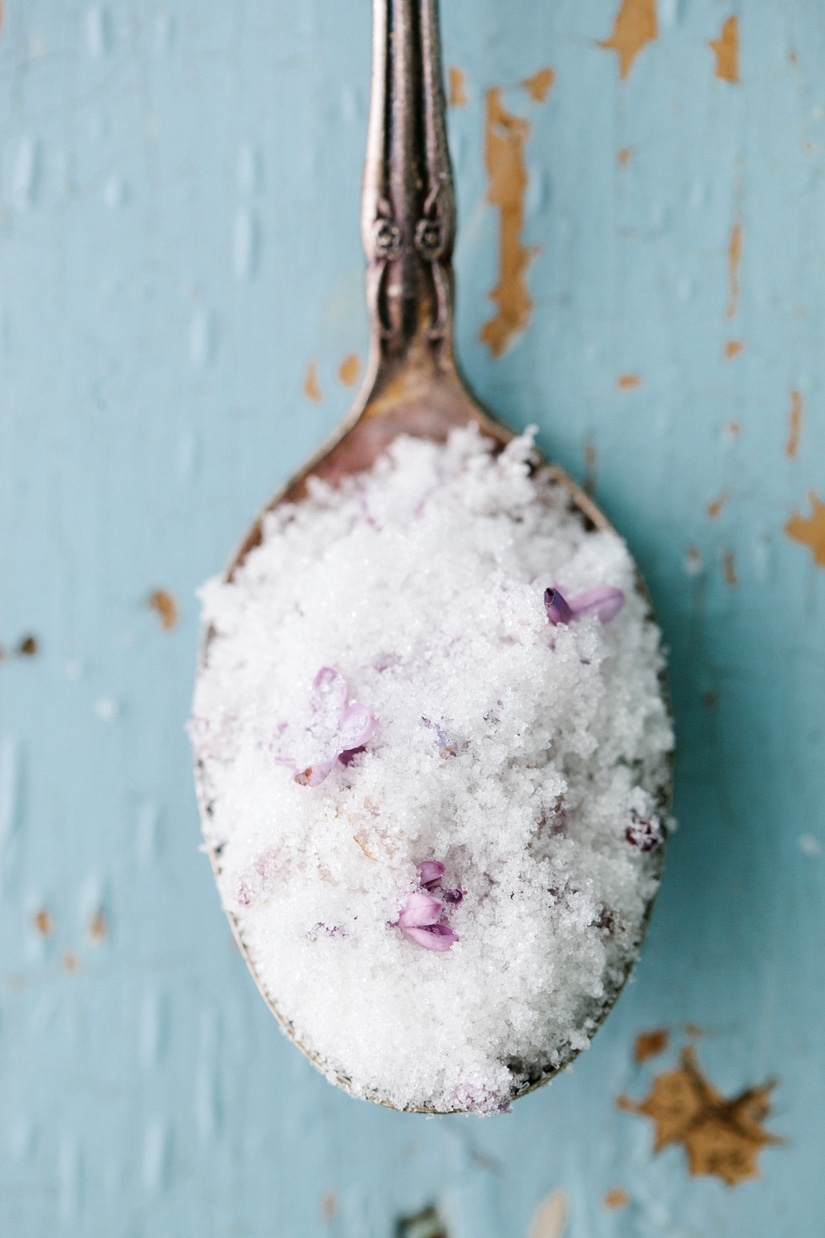
Expert Tips
1. Harvest lilac blossoms when they are in full bloom for the most intense fragrance and flavor. The flowers should be vibrant in color and not wilted.
2. Gently shake the blossoms to dislodge insects and rinse quickly under cold water if needed.
3. If the lilac flavor starts to fade over time or the blossoms lose color, refresh the jar with a new batch of blossoms (if available).
Recipe Notes
- Adjust the amount of lilac blossoms based on your preference for floral intensity.
- One week is the minimum recommended infusion time, but you can extend this for a stronger floral flavor. Check the sugar regularly to ensure it hasn’t absorbed too much moisture, which can cause clumping.
- Removing brown or faded blossoms keeps the sugar looking pretty and prevents off-flavors from developing as the blossoms decompose.
Storage
- Choose a glass jar with a tight-fitting lid to prevent moisture and odors from affecting the sugar. Plastic containers can sometimes impart unwanted flavors and aren’t as effective at blocking light.
- If you keep the lilac sugar for over a few weeks, store it in the refrigerator. This can help preserve the flavor and prevent the sugar from clumping.
Use Your Lilac Sugar In These Recipes
Did you make this lilac sugar? Please rate the recipe and tell me how it went in the comments below. Also, stay in touch with me on Instagram, Facebook, and Pinterest to see more delicious food and recipes!
Printable Recipe Card
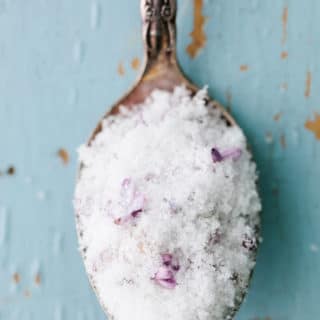
Lilac Sugar
Special Equipment
- Measuring cups and spoons or digital kitchen scale
- Glass jar with tight fitting lid
Ingredients
- 1 cup sugar
- ½ cup lilac blossoms
Instructions
- Gently shake the lilac blossoms to dislodge any insects and rinse them quickly under cold water. Allow them to air dry completely on a clean tea towel before using them to avoid any moisture in the sugar which can lead to clumping.
- Once dry, remove the blossoms from the branches. Measure the sugar into a glass jar with some extra room. Add the flowers, seal the lid tightly, and give the jar a gentle shake all over. Store in a cool, dark place, shaking the jar once daily for at least one week. Remove any browned blossoms as needed. Use anywhere or you want a light floral touch.
Recipe Notes
- Adjust the amount of lilac blossoms based on your preference for floral intensity.
- One week is the minimum recommended infusion time, but you can extend this for a stronger floral flavor. Check the sugar regularly to ensure it hasn’t absorbed too much moisture, which can cause clumping.
- Removing brown or faded blossoms keeps the sugar looking pretty and prevents off-flavors from developing as the blossoms decompose.
Storage
- Choose a glass jar with a tight-fitting lid to prevent moisture and odors from affecting the sugar. Plastic containers can sometimes impart unwanted flavors and aren’t as effective at blocking light.
- If you keep the lilac sugar for over a few weeks, store it in the refrigerator. This can help preserve the flavor and prevent the sugar from clumping.

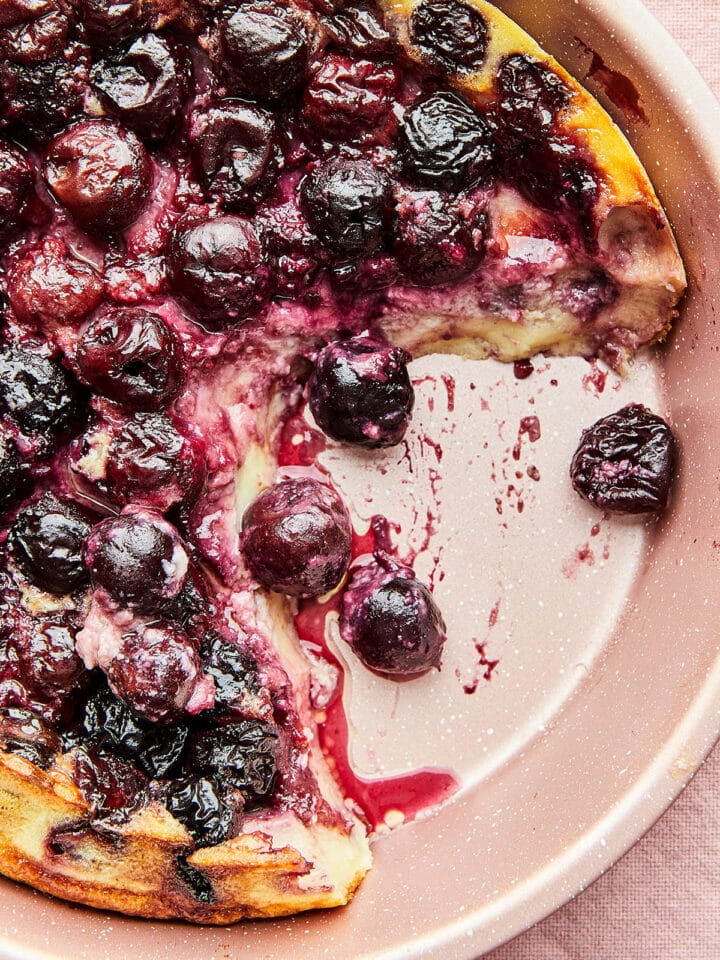
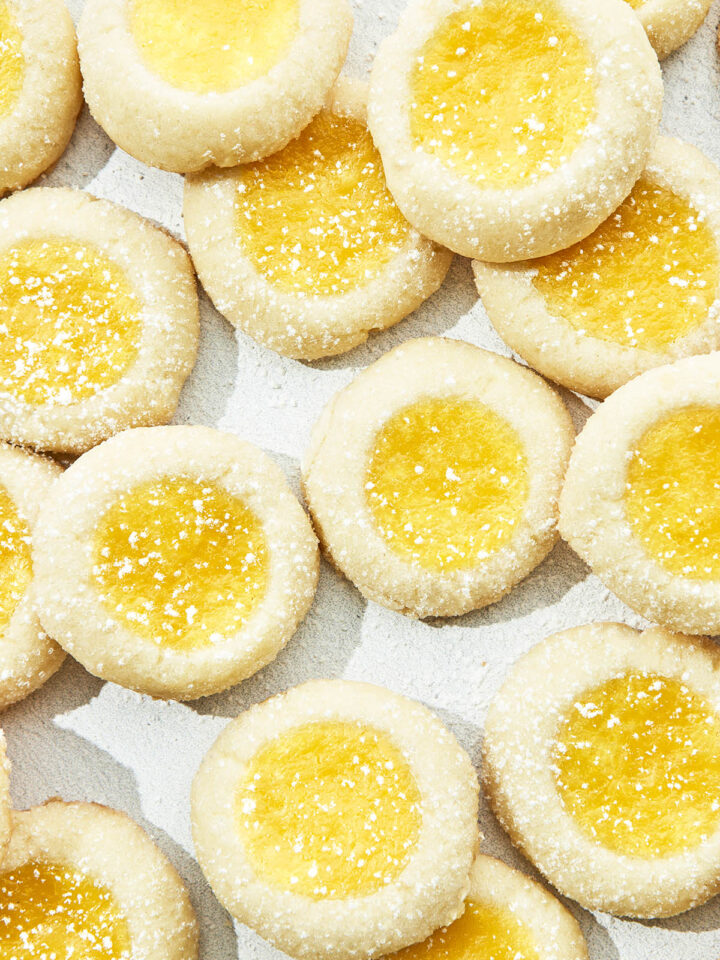
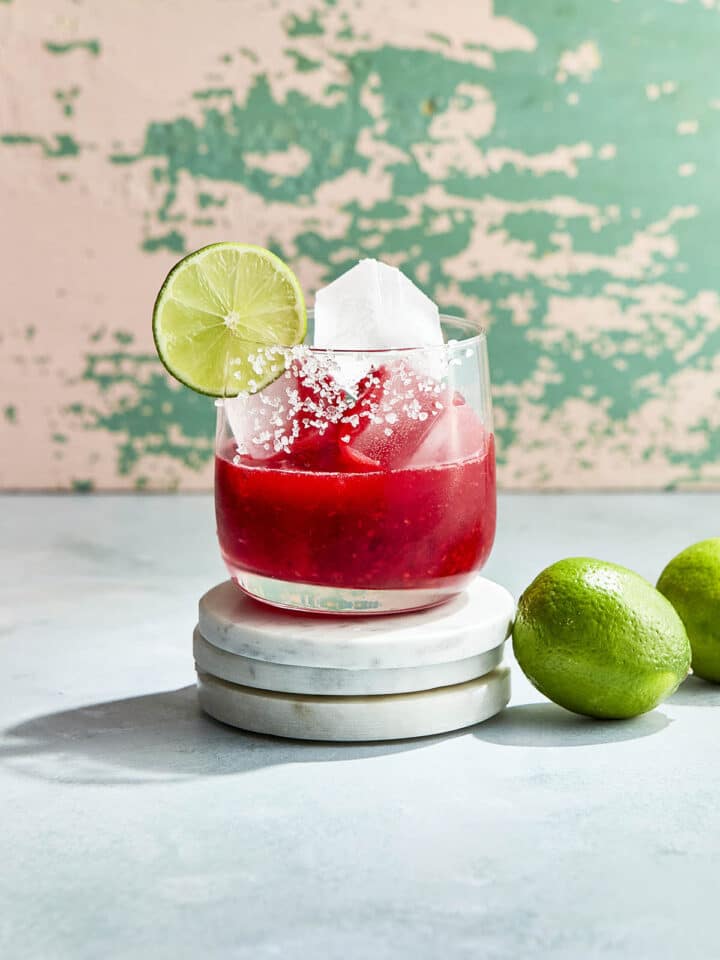
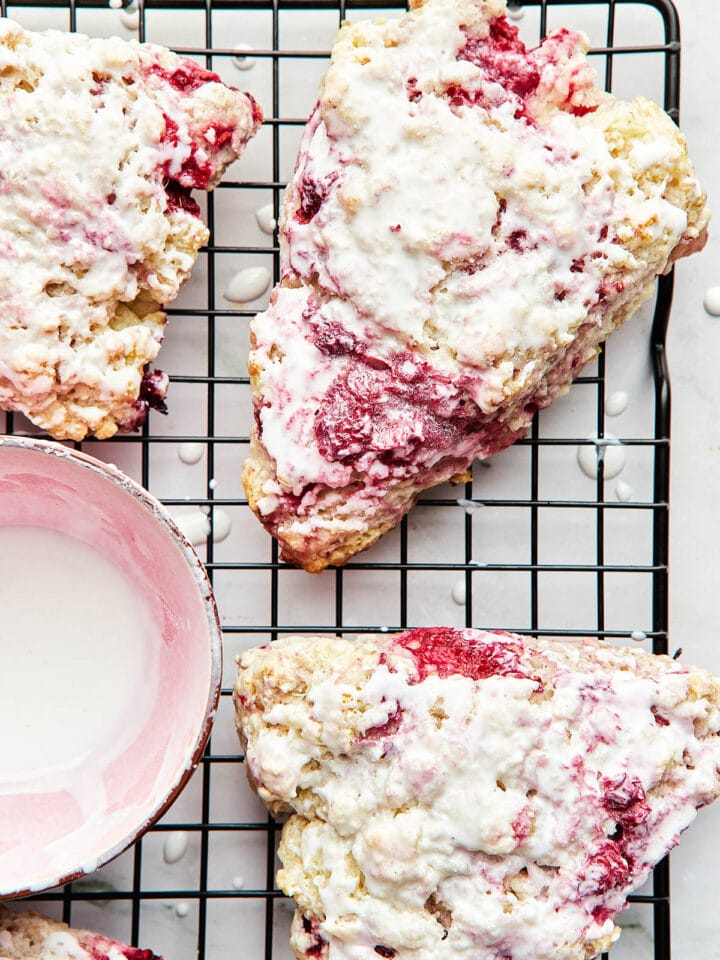
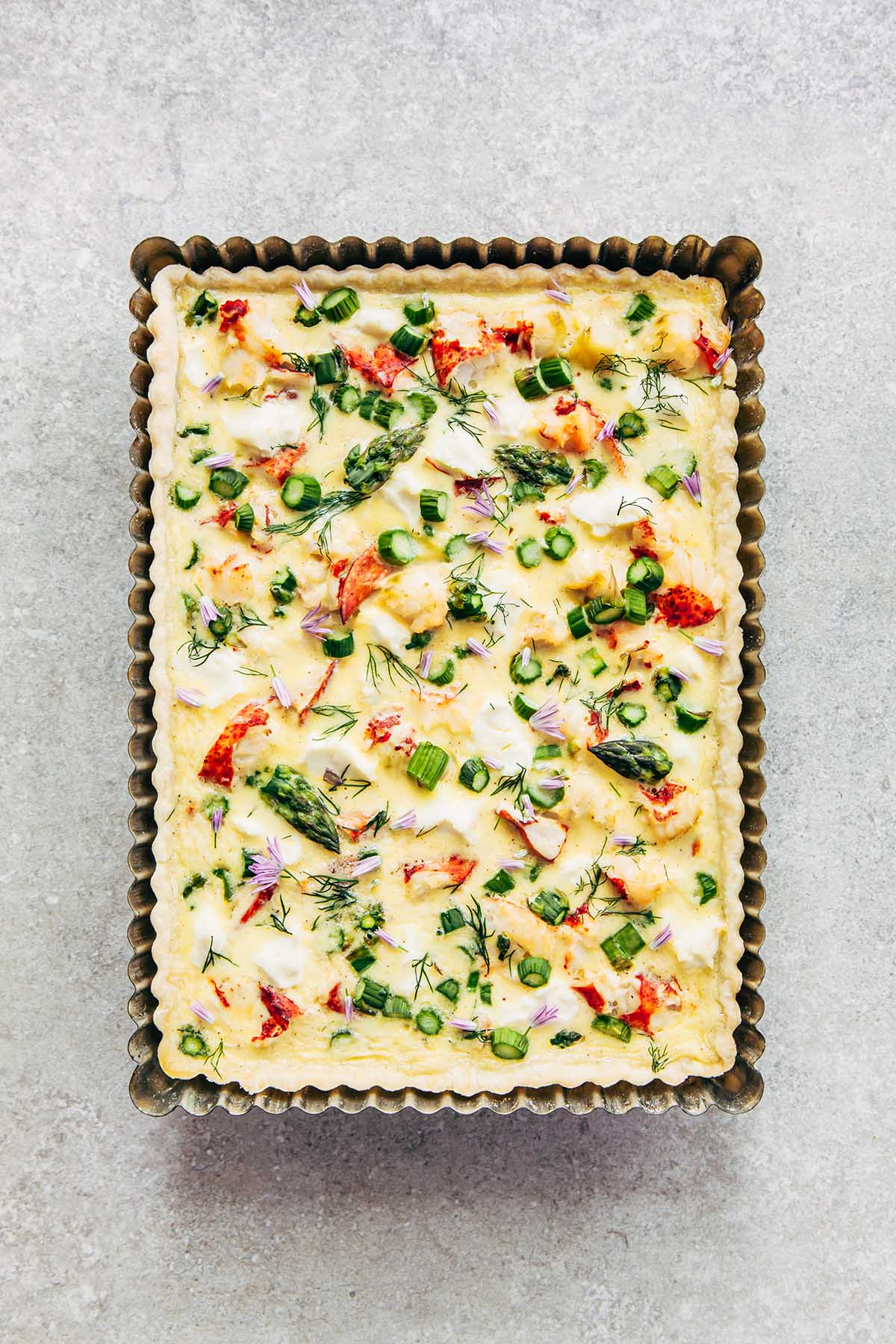
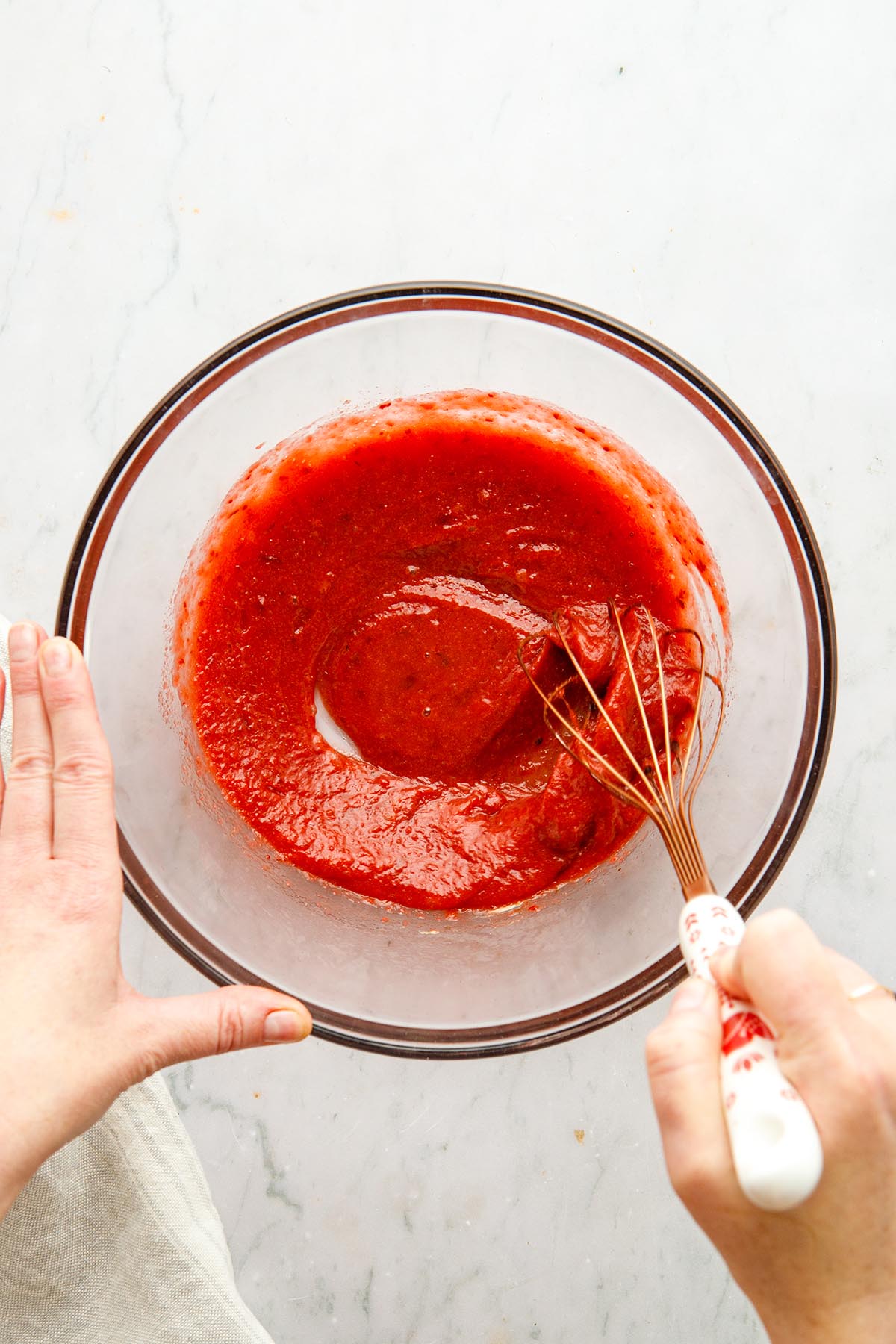
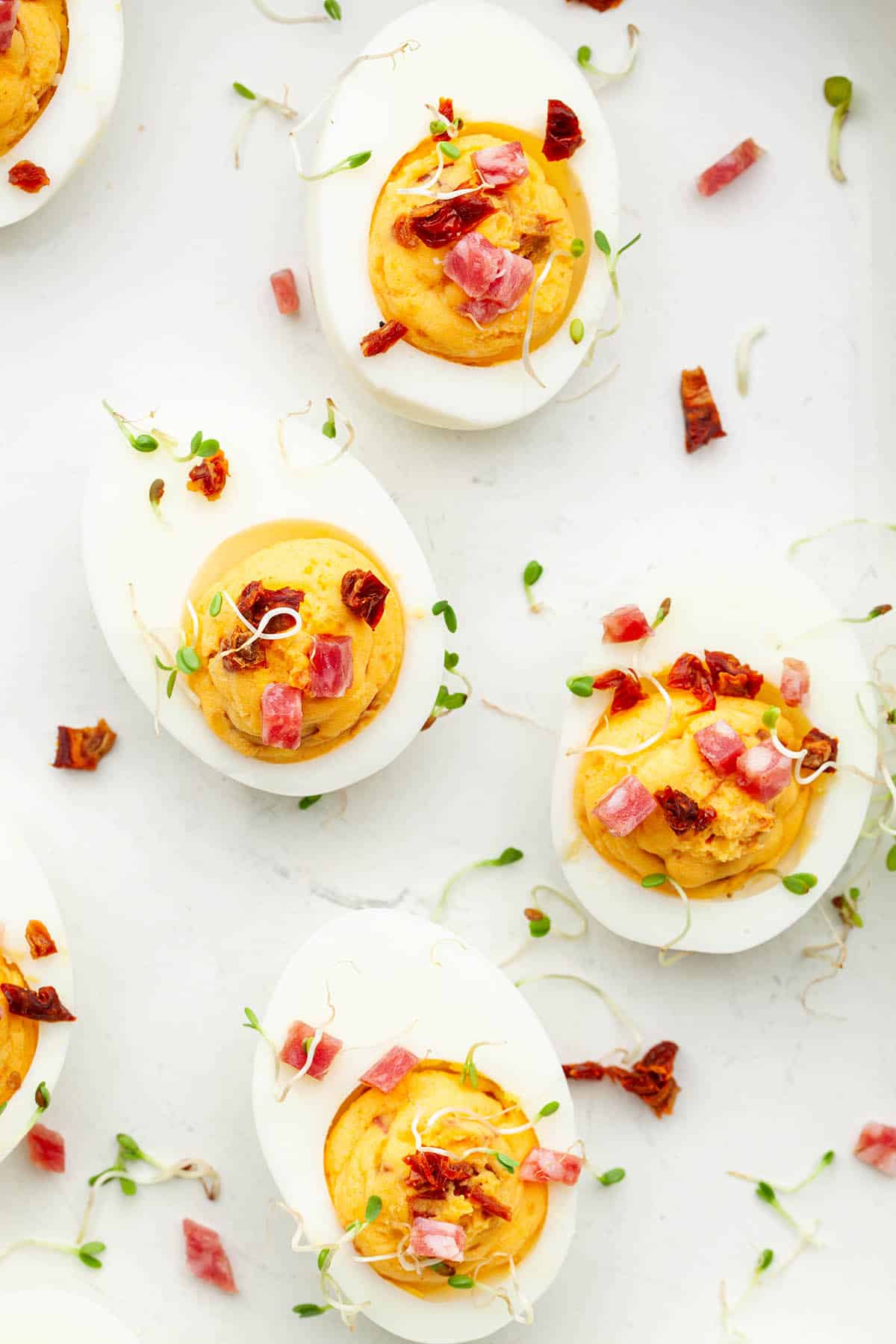
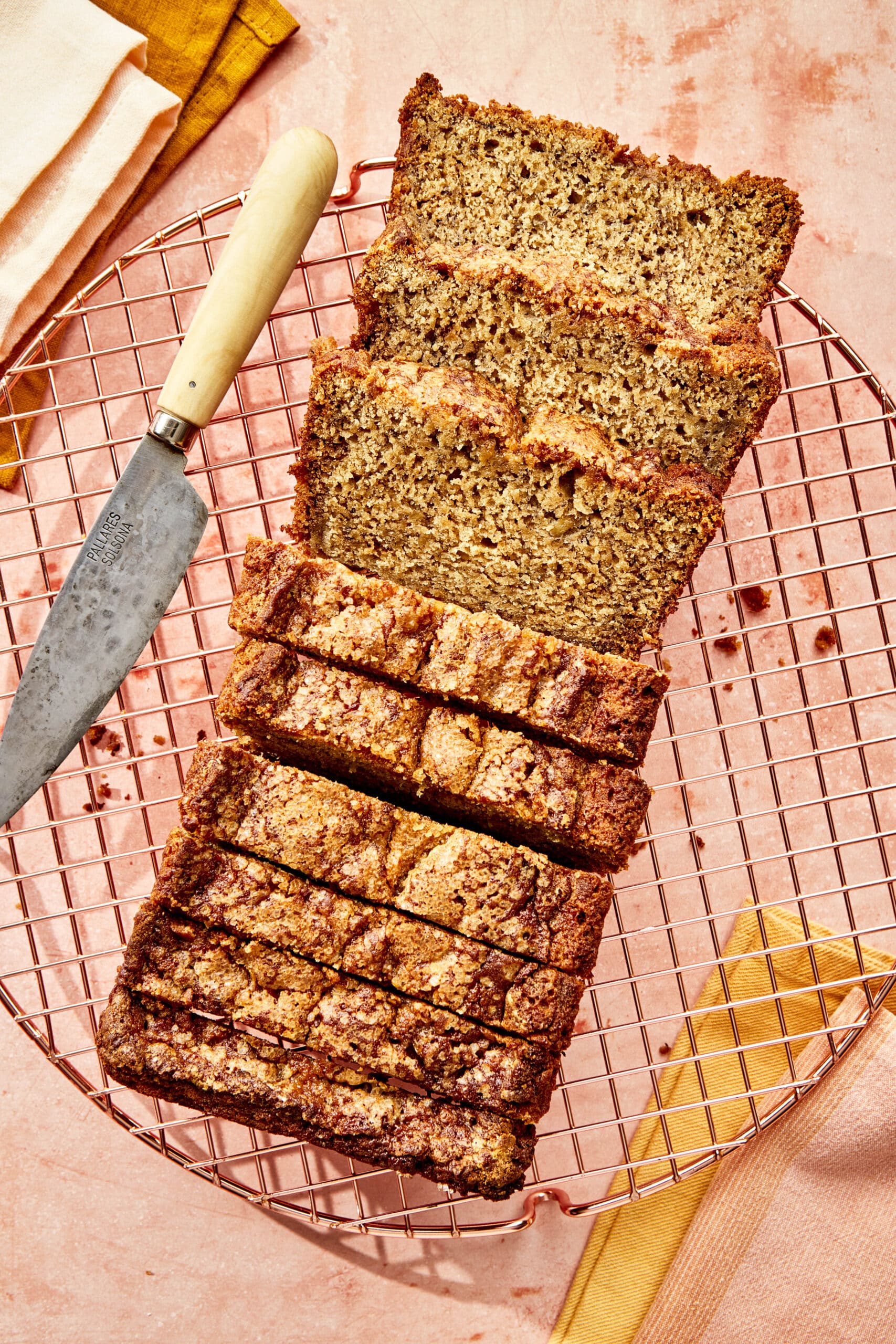
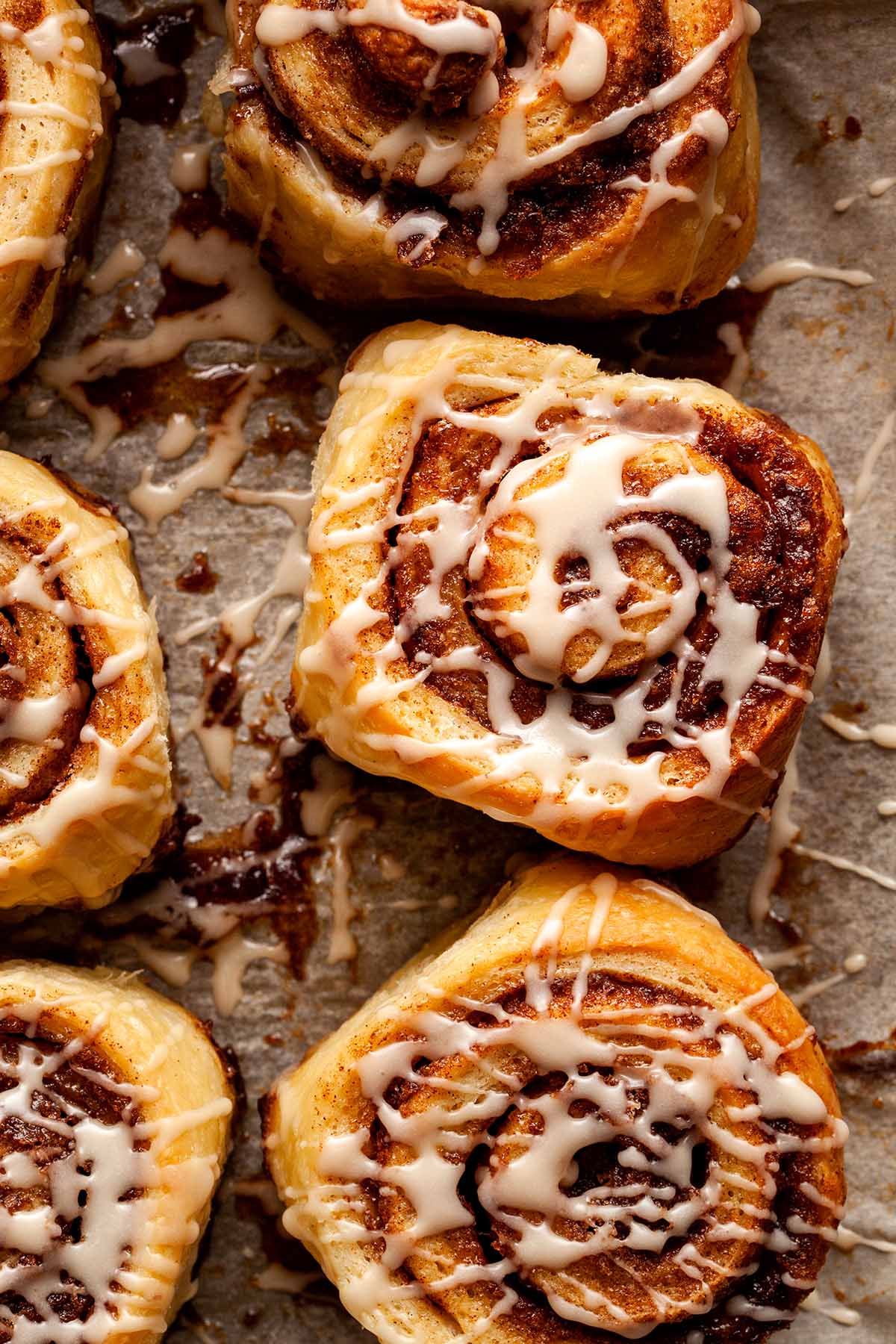
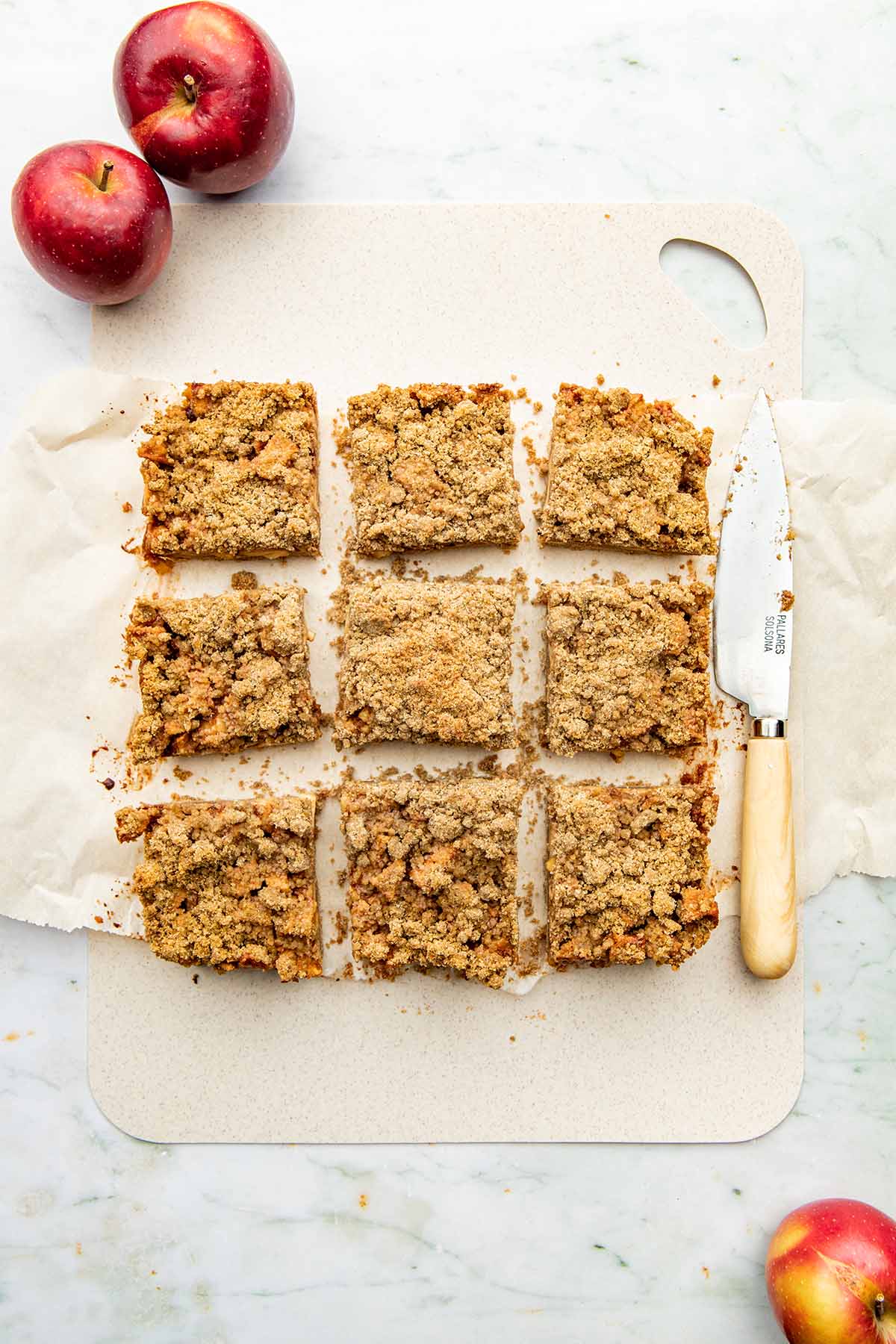
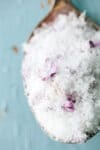
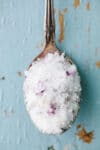
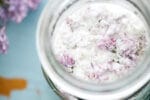
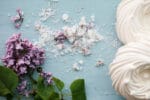
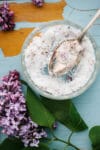
Do you use the lilac flowers for anything after you separate them? I always feel bad just throwing things away.
Hi! If your blooms still look intact, you can definitely use them. They’re beautiful in a pitcher of lemonade, they make a great garnish for cupcakes or any other pretty desserts, and I sometimes use them to garnish cocktails!